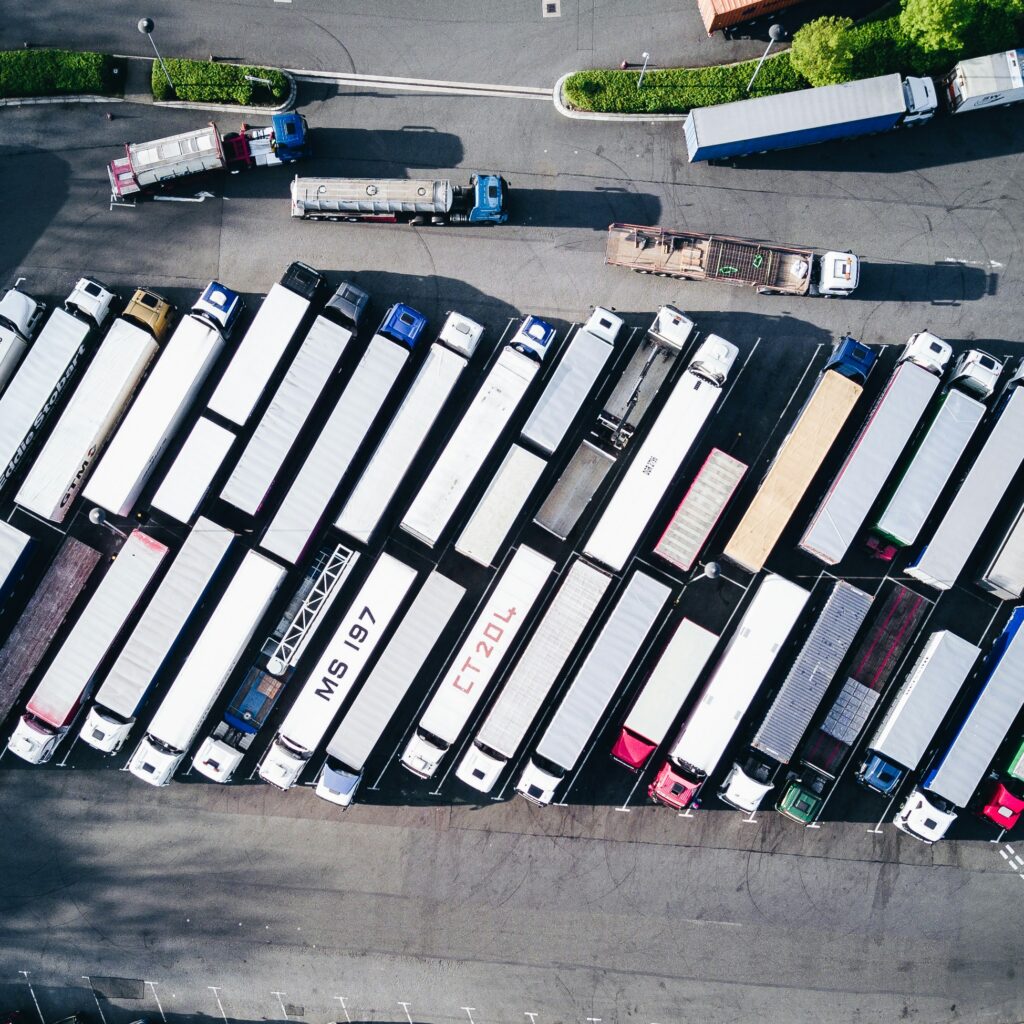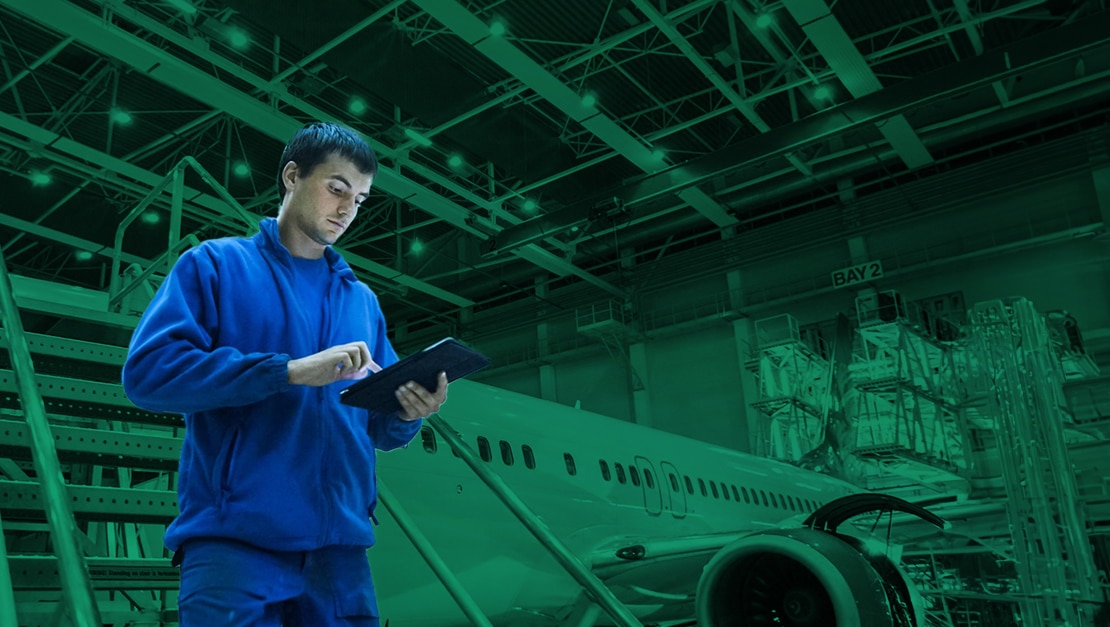Fleet automation is a cornerstone of the modern transportation industry, and refers to how new technologies and software streamline and automate fleet operations. With technologies like GPS, artificial intelligence (AI), and IoT, companies can better ensure their fleet runs smoothly.
As businesses are under increased pressure to offer quick deliveries and a high level of service, fleet automation becomes even more critical to companies looking to remain competitive. Automation can help fleet companies increase productivity, reduce costs, and remain compliant. As fleet automation technology continues to advance, it’s becoming more than just a strategic advantage but a necessity for organizations to stay relevant in the industry.
This blog post will delve into the technologies driving fleet automation, the benefits it can bring to organizations, how it’s applied, and some success stories of companies that implemented fleet automation technology.
5 Technologies Driving Fleet Automation Today
Several different technologies are contributing to fleet automation today. Not every tool will be right for every company, so fleet managers need to consider their organization’s unique needs before adopting each type of automation solution. Here are a few of the most popular ones to consider.
1. Vehicle Telematics
Organizations can monitor and sometimes control vehicles remotely with telecommunication and informatics tools. Telematics systems collect data on different characteristics of a vehicle, like performance, fuel efficiency, and location, as well as driver behavior and route insights to get a complete picture of real-time data.
2. GPS Tracking Systems
GPS provides fleet managers with precise vehicle location, which helps dispatchers better plan routes and monitor deliveries. This can help reduce response time, improve the accuracy of deliveries, and lead to more effective fleet management overall.
3. Advanced Driver Assistance System (ADAS)
ADASs rely on sensors and cameras to improve driver and fleet safety and reduce road accidents. Through features like adaptive cruise control, lane departure warnings, and automation emergency braking, ADASs can help drivers navigate more safely.
4. Autonomous Vehicles
At the height of fleet automation, autonomous vehicles have the potential to change the fleet industry completely. Autonomous vehicles use AI and sensors to navigate with human intervention, helping companies rely on fewer resources and reduce operational costs.
5. Fleet Management Software
Software made for the fleet industry can integrate important fleet data and different functionalities into one centralized system. With fleet management software, companies can manage drivers’ schedules, vehicles, maintenance needs, routes, and more while gaining real-time insights into their fleet operations.
Benefits of Fleet Automation
Beyond cutting down on manual tasks and simplifying fleet workflows, automation brings meaningful advantages to the fleet industry.
Here’s a quick look at how automated fleet management can benefit organizations.
- Improved efficiency and productivity: Fleet automation streamlines operations by helping companies optimize routes, driver schedules, data collection, maintenance needs, and more, leading to faster and more efficient delivery and improved service
- Cost reduction: Automation can help companies reduce fuel consumption, avoid breakdowns, and cut down on unnecessary labor expenses through efficient planning and minimizing a vehicle’s wear and tear with active monitoring
- Enhanced safety: GPS and ADAS technology can improve driver safety by offering in-the-moment insights and warnings to help reduce the risk of accidents
- Better asset management: Fleet automation allows businesses to track vehicles more effectively, leading to improved utilization and upkeep
- Environmental sustainability: Optimizing routes and reducing fuel needs leads to lower emissions, helping companies align with sustainability goals
- Regulatory compliance: Automation helps businesses stay in line with regulatory requirements with accurate record-keeping, and the monitoring of industry safety and sustainability standards
Real-world Applications of Automated Fleet Management Solutions
Fleet automation has several real-world applications that are making fleets easier to manage. With new fleet automation technology, companies can optimize fleet operations for smoother workflows. Here’s a look at some of the ways fleet automation is being employed today.
Route Optimization
Automation tools can analyze factors like weather, traffic, driver schedules, and even vehicle capabilities and build the best route. This helps cut down on delivery times, avoid congested routes, and minimize fuel consumption
Predictive Maintenance
Through real-time monitoring, companies can better predict maintenance needs using fleet management software. By monitoring maintenance needs, fleet managers can be proactive about maintenance rather than waiting for a vehicle to break down, reducing downtime and improving a vehicle’s life span.
Real-time Monitoring and Alerts
Automation relays real-time information to dispatchers, allowing drivers to keep their focus on the road. Information like speed, location, and driver behavior can be automatically captured and if something is amiss, like unauthorized use, wrong location, or an accident, the right people are instantly notified.
Electronic Logging Devices (ELDs)
ELDs help automate and record a driver’s hours to ensure they comply with safety regulations. This also helps companies keep an accurate record for payroll and scheduling purposes.
Fuel Management and Optimization
With automation, organizations can track fuel usage and analyze driver behavior to optimize efficiency or provide further education on how to conserve more fuel. This helps companies reduce costs while improving sustainability efforts.
Fleet Automation Success Stories
To gain a better understanding of how fleet automation technology is influencing fleets in real-world situations, let’s take a look at an instance where a Fortune 500 multinational shipping & receiving and supply chain management company employed automation solutions to improve fleet efficiency.
Company Overview
A leading global shipping courier providing transportation, distribution, trade, and brokerage services across hundreds of countries and territories.
The Challenge
The company requires pre-operational truck inspections before hitting the road. The manual, paper-based inspections were taking 15 minutes per vehicle to conduct. Mechanics also received delayed notifications to resolve issues.
The Solution
The company implemented aiOla, so inspectors use their voice and business-specific jargon to complete the checklist. aiOla dramatically reduced their inspection time from 15 minutes per vehicle to 60 seconds per vehicle (85% time savings). Plus, mechanics receive immediate alerts about vehicle issues, further reducing wait times and expediting deliveries.
Drive Fleet Automation With aiOla’s Speech Technology
While many different technologies are contributing to automated fleet management, not all solutions are right for every company. Some can be costly to implement or come with a steep learning curve, making implementation more challenging. However, there are automation solutions, like aiOla, that require almost no learning curve, making it quick and simple for employees to hop on board with a new system.
aiOla is an AI-powered speech technology that enables workers to turn their voices into actions. Just by speaking, employees can trigger workflows, complete actions, and collect essential data that is automatically dispersed to the right people, like dispatchers, management, maintenance teams, and more. With aiOla, companies can manage their fleets more efficiently by cutting maintenance time down to just a few minutes.
In addition to that, aiOla aids in seamless communication between drivers and dispatch, allowing drivers to deliver reports on road conditions, vehicle performance, vehicle inspections, and more while never taking their hands off the wheel. This way, companies can ensure better safety practices while simultaneously reducing downtime and breakdowns and being more proactive on reported maintenance needs.
Embracing the Future of Fleet Automation
As technology continues to advance, there’s no question that new solutions will emerge to make fleet management even more effective. Still, with the technologies available on the market now, like GPS, ADAS, telematics, and AI, the industry has already gone through a significant transformation. Success stories like Amazon and Walmart demonstrate the tangible benefits of fleet automation, and cutting-edge technologies like aiOla shows us the potential for further opportunities to make the fleet and transportation industry safer, more reliable, and more effective.









